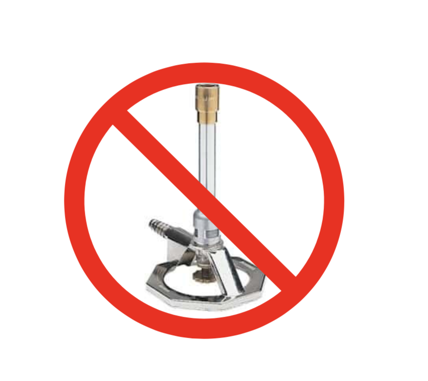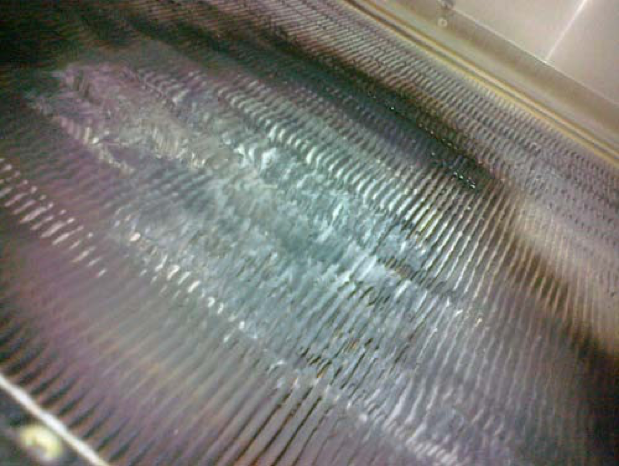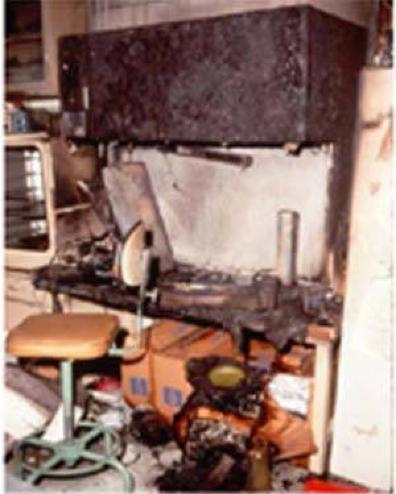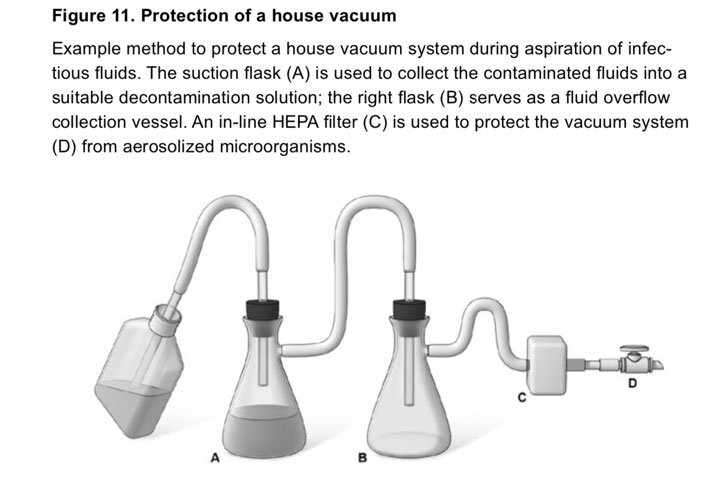Biosafety Cabinet Certification
- Biological safety cabinets must be certified annually, and after installation, relocation, or maintenance (CCR Title 8, Section 5154.2).
- The University of California has negotiated a system-wide agreement with Technical Safety Services, Inc., outlining service expectations and pricing schedules.
- Starting on February 1, 2026, certification testing for Class II-A and Class II-B biosafety cabinets costs $151.93 per cabinet, no travel costs.
- The current prices with TSS are here.
- The Los Angeles branch serves UCSB and a field service coordinator may be reached at (562) 694-3626 or (424) 277-7607.
- Calling is preferable to emailing
- Have a purchase order number from Gateway Procurement, the cabinet serial number(s) and building and room locations at the ready.
- Lead times vary; book any required services 1-2 months in advance.
- The date that the cabinet was last certified may be found on the metal sticker on the front of the unit.
Biosafety Cabinet Use
- Allow 5 minutes for the blowers to operate to purge the cabinet and check the airflow monitor and alarm (if so equipped)
- Keep elbows, forearms, notes, equipment, etc., clear of the front and rear grills so as to not block the airflow; airflow is based on the sash height and the front and back grills
- Minimize foot traffic past the BSC when in use: walking past or opening a nearby door is enough to disrupt the laminar air flow; the intake air velocity past the sash at working height is only 100-150 linear feet per minute
- Place only the materials and equipment required for the immediate work in the BSC
- Move your hands straight in and out when necessary
- Place a waste container in the back to one side to reduce the number of times that you take your hands in and out
- Work 4-6 inches inside the BSC where the laminar airflow is at its most uniform
- Divide the work space into clean and contaminated sides, and make sure that work flows from the clean area towards the contaminated area.
- Aspirate or dispense liquid waste into full strength bleach, and dilute maximally to 10% volume/volume.
- Protect the vacuum line used for liquid waste with an inline HEPA filter and a secondary flask in case the primary collection flask overflows
- Store extra supplies outside the BSC because large equipment or towers of pipet tip boxes can disrupt the downward laminar airflow, resulting in turbulence
- Wear a cuffed, liquid impervious lab coat with disposable gloves
- Plan in advance for transferring and manipulating biological materials outside of the biosafety cabinet by staging safety glasses on a nearby cart
- Remove supplies after use to facilitate disinfection of the interior surfaces
- Decontaminate the BSC before and after use to prevent cross-contamination. One method is to use a 1:10 fresh bleach solution followed by a 70% ethanol rinse to avoid corrosion and achieve disinfection.
- Never place your head inside of a biosafety cabinet to reach surfaces; use a "Swiffer" or small mop to wipe down surfaces.
- Clean and disinfect the trough and grill if a spill breaches the area
Biosafety Cabinet Relocation or Removal
- Biosafety cabinets must be decontaminated by a 3rd party vendor prior to relocation or removal for the safety of UCSB Furniture Services staff and future BSC users
- TSS decontaminates Class II biological safety cabinets for $205 (2024-2025) per unit, no travel fees, using chlorine gas or hydrogen peroxide and provides documentation post-decontamination
- Plan to provide the vendor's documentation on the decontamination services to Furniture Services with the Work Order
Biosafety Cabinet References
- CDC, NIH Biosafety in Microbiological and Biomedical Laboratories, Appendix A: Primary Containment for Biohazards: Selection, Installation and Use of Biological Safety Cabinets
- NIH Division of Technical Resources' guidelines on BSC placement
Bunsen Burners in Biosafety Cabinets
- A Bunsen burner or continuous open flame is not just unnecessary in the sterile working environment of a biosafety cabinet, it presents a fire hazard, disrupts the laminar airflow, and may destroy the HEPA filter
- Contact EHS biosafety or lab safety for a suitable alternative for use in a biosafety cabinet
- "Open flames are neither required nor recommended in the near microbe-free environment of a biological safety cabinet. On an open bench, flaming the neck of a culture vessel will create an upward air current that prevents microorganisms from falling into the tube or flask. An open flame in a BSC, however, creates turbulence that disrupts the pattern of HEPA-filtered air being supplied to the work surface. When deemed absolutely necessary and approved by the appropriate facility authorities after a thorough risk assessment, touch-plate micro burners equipped with a pilot light to provide a flame on demand may be used. Internal cabinet air disturbance and heat buildup will be minimized. The burner must be turned off when work is completed. Small electric furnaces are available for decontaminating bacteriological loops and needles and are preferable to an open flame inside the BSC. Disposable loops should be used whenever possible." Biosafety in Microbiological and Biomedical Laboratories, 6th edition, CDC NIH, page 410 of 604

| Labconco Corporation image of a biosafety cabinet HEPA filter damaged from use of an open flame inside the cabinet |  |
| BSC fire. Source: Stanford University, Use of open flames in Cabinets/Tissue Culture Hoods (May 29, 2003). |  |
.png)
